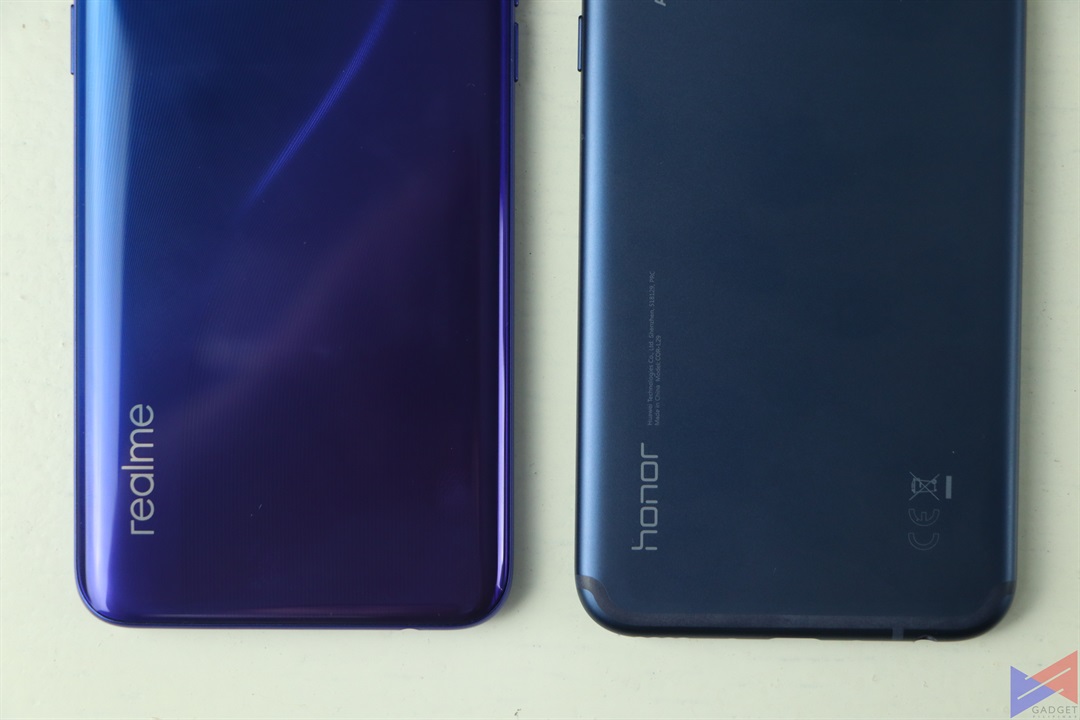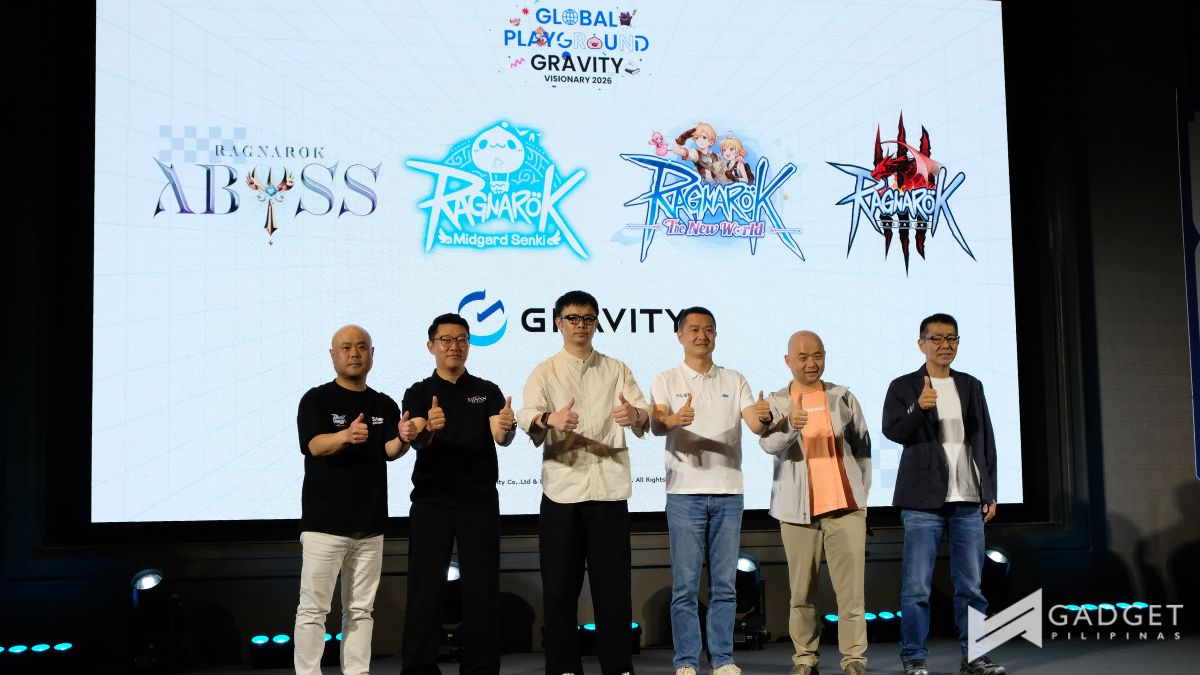After our camera battle between the HONOR 8C and the realme 3, it’s time for a contest of gaming prowess. This time, it’s going to be between the Honor Play and the realme 3 Pro.
HONOR Play
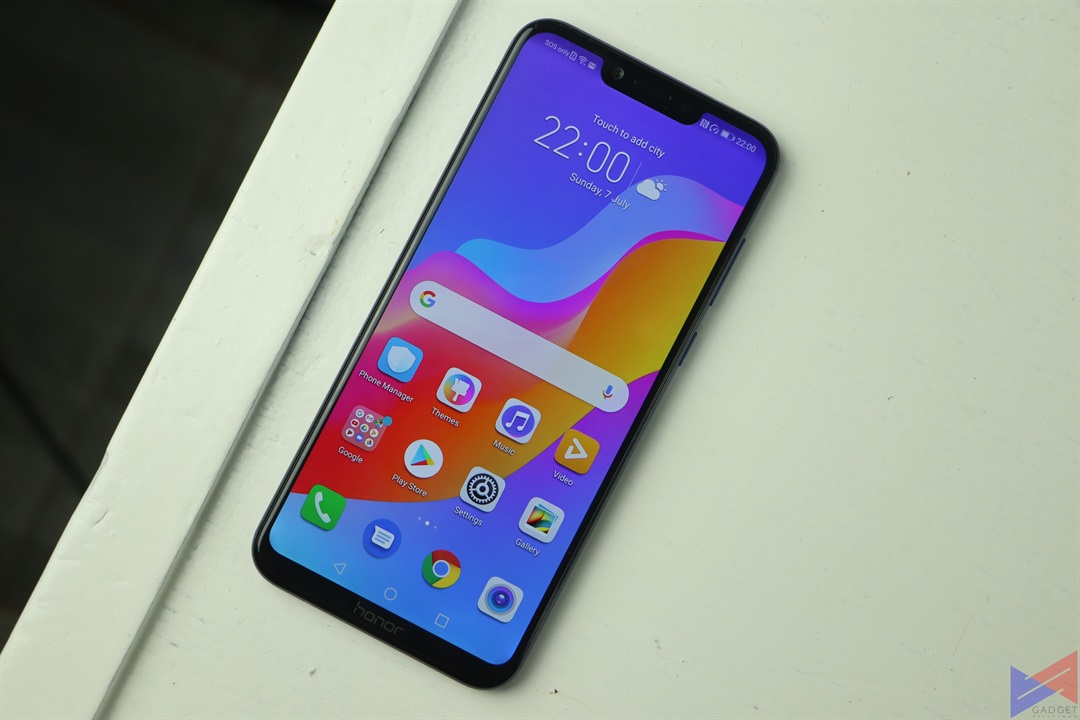
 The HONOR Play took the mid-range market by storm with its aggressive pricing and very capable hardware. The Kirin 970 may not be the latest, but we’re still talking about a flagship-level chip, which also run the likes of the Huawei P20 and P20 Pro. Add 4GB of RAM and GPU Turbo to the mix, and we can have a phone that should handle even current titles with no major issues.
The HONOR Play took the mid-range market by storm with its aggressive pricing and very capable hardware. The Kirin 970 may not be the latest, but we’re still talking about a flagship-level chip, which also run the likes of the Huawei P20 and P20 Pro. Add 4GB of RAM and GPU Turbo to the mix, and we can have a phone that should handle even current titles with no major issues.
Realme 3 Pro
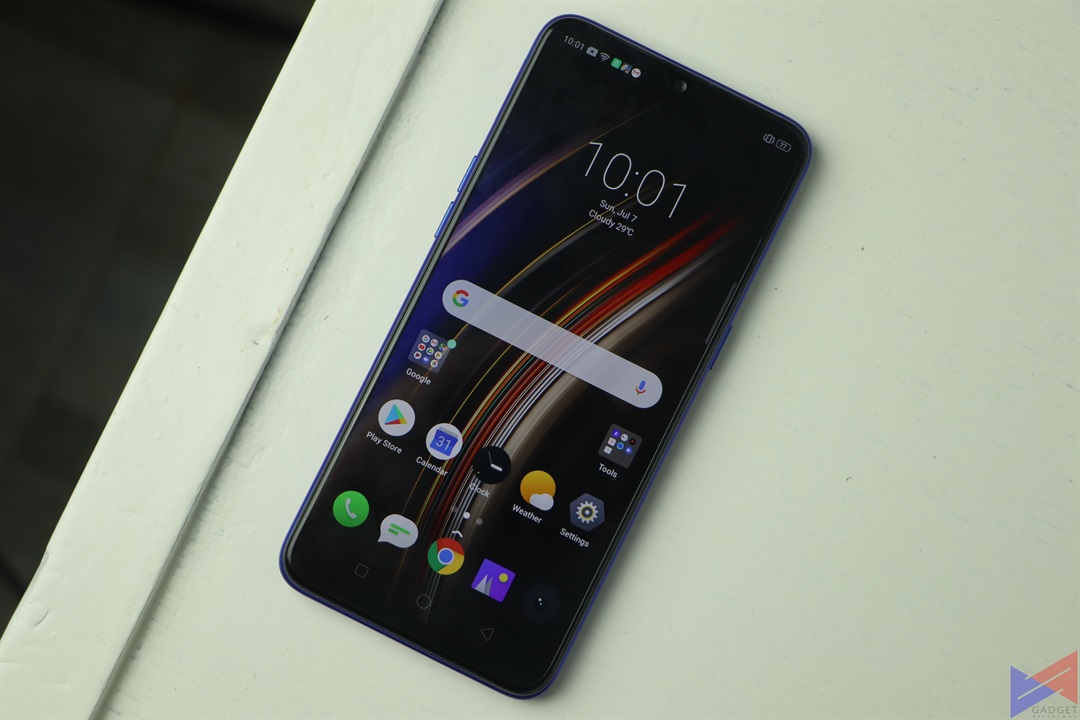
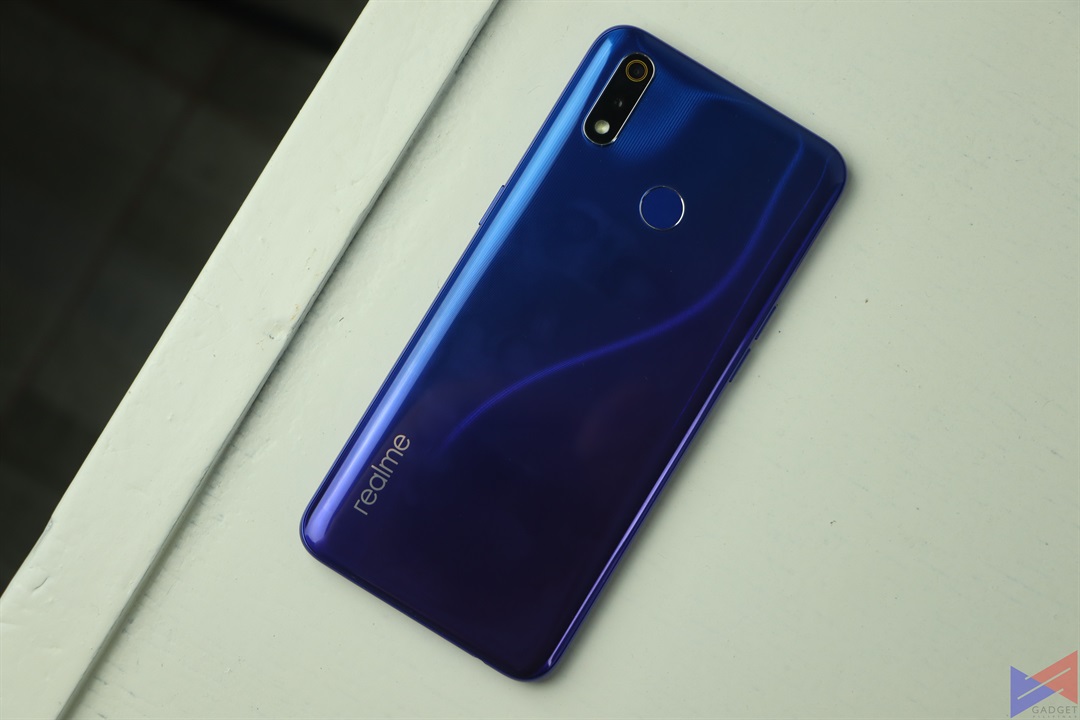 Realme 3 Pro on the other hand, is the current talk of town in the mid-range segment. The brand has been known to out devices that deliver exceptional value for money, and this one’s no different. It runs on a Snapdragon 710, one of the more capable mid-range chips out there, along with 4GB of RAM. Like the Honor Play, this one also has a performance-enhancing tech of its own named Hyper Boost 2.0.
Realme 3 Pro on the other hand, is the current talk of town in the mid-range segment. The brand has been known to out devices that deliver exceptional value for money, and this one’s no different. It runs on a Snapdragon 710, one of the more capable mid-range chips out there, along with 4GB of RAM. Like the Honor Play, this one also has a performance-enhancing tech of its own named Hyper Boost 2.0.
As far as price is concerned, both fall into the the PhP11,000 to PhP12,000 range – HONOR Play, with the recent price cut is sold at PhP11,990, while the realme 3 Pro is priced at PhP12,990 for the 4GB + 64GB variant.
Setting the Battlefield
For this comparison, we’ll be playing 3 games on each phone. PUBG Mobile, a very popular fast-paced battle royale game, Real Racing 3, which is one of the most beautiful looking racing games on Mobile, and of course, Mobile Legends – a MOBA that has become an unprecedented phenomenon, and has become a staple in tournaments. To measure metrics such as FPS and Battery usage, we’ll be using GameBench.
Round 1 – PUBG Mobile
| HONOR Play | realme 3 Pro | |
| Median FPS | 40 FPS | 40 FPS |
| FPS Stability | 100% | 100% |
| Estimated Playtime | 6h 16m | 5h 5m |
| Power Consumed | 644mA | 788mA |
| Avg CPU Usage | 14.00% | 15.79% |
| Peak CPU Usage | 22.99% | 28.34% |
| Avg Memory Usage | 1022MB | 752MB |
| Peak Memory Usage | 1072MB | 768MB |
With PUBG Mobile set to Balanced + Ultra FPS setting, both devices showcased great performance, both with a well-sustained median of 40 FPS. The Kirin 970 shows its efficiency as it consumes less power to deliver the same level of performance, which in turn gives you more uptime. While only a sliver in difference, it also uses less CPU. Realme 3 Pro on the other hand only took 768MB at peak to run the game.
With more uptime and at the same level of performance, the HONOR Play wins this round.
Round 2 – Real Racing 3
| HONOR Play | realme 3 Pro | |
| Median FPS | 54 FPS | 60 FPS |
| FPS Stability | 98% | 95% |
| Estimated Playtime | 5h 14m | 5h 5m |
| Power Consumed | 714mA | 712mA |
| Avg CPU Usage | 8.65% | 8.79% |
| Peak CPU Usage | 11.15% | 12.03% |
| Avg Memory Usage | 703MB | 964MB |
| Peak Memory Usage | 737MB | 1070MB |
While the realme 3 Pro was able to churn out more FPS, the Honor Play is able to sustain its performance closer to its median, which means you get a slightly more steady experience. It also showcased its prowess in memory management, as it only used 737MB of its available RAM at peak.
Again, with more parameters in its favor, the HONOR Play wins this round.
Final Round – Mobile Legends
| HONOR Play | realme 3 Pro | |
| Median FPS | 55 FPS | 60 FPS |
| FPS Stability | 98% | 97% |
| Estimated Playtime | 6h 30m | 5h 25m |
| Power Consumed | 516mA | 663mA |
| Avg CPU Usage | 0.47% | 0.41% |
| Peak CPU Usage | 0.85% | 0.66% |
| Avg Memory Usage | 18MB | 37MB |
| Peak Memory Usage | 19MB | 39MB |
Running the game with everything maxed out and High FPS mode ON, both devices were able to churn out good framerates, with the realme 3 Pro hitting a median of 60 FPS. FPS Stability is basically even, so as average CPU usage.
For this round, you get slightly better performance on the realme 3 Pro, but more hours on the HONOR Play. We’d call this one a draw.
Verdict
With a score of 2-.5, the HONOR Play wins this battle by a slight margin, thanks to its more efficient and more capable processing package. What’s interesting is that the realme 3, despite having a mid-range chip, gave the HONOR Play a run for its money, that says a lot about the value it brings to the table for the price. Either way, you can’t go wrong with any of the two.
Emman has been writing technical and feature articles since 2010. Prior to this, he became one of the instructors at Asia Pacific College in 2008, and eventually landed a job as Business Analyst and Technical Writer at Integrated Open Source Solutions for almost 3 years.

